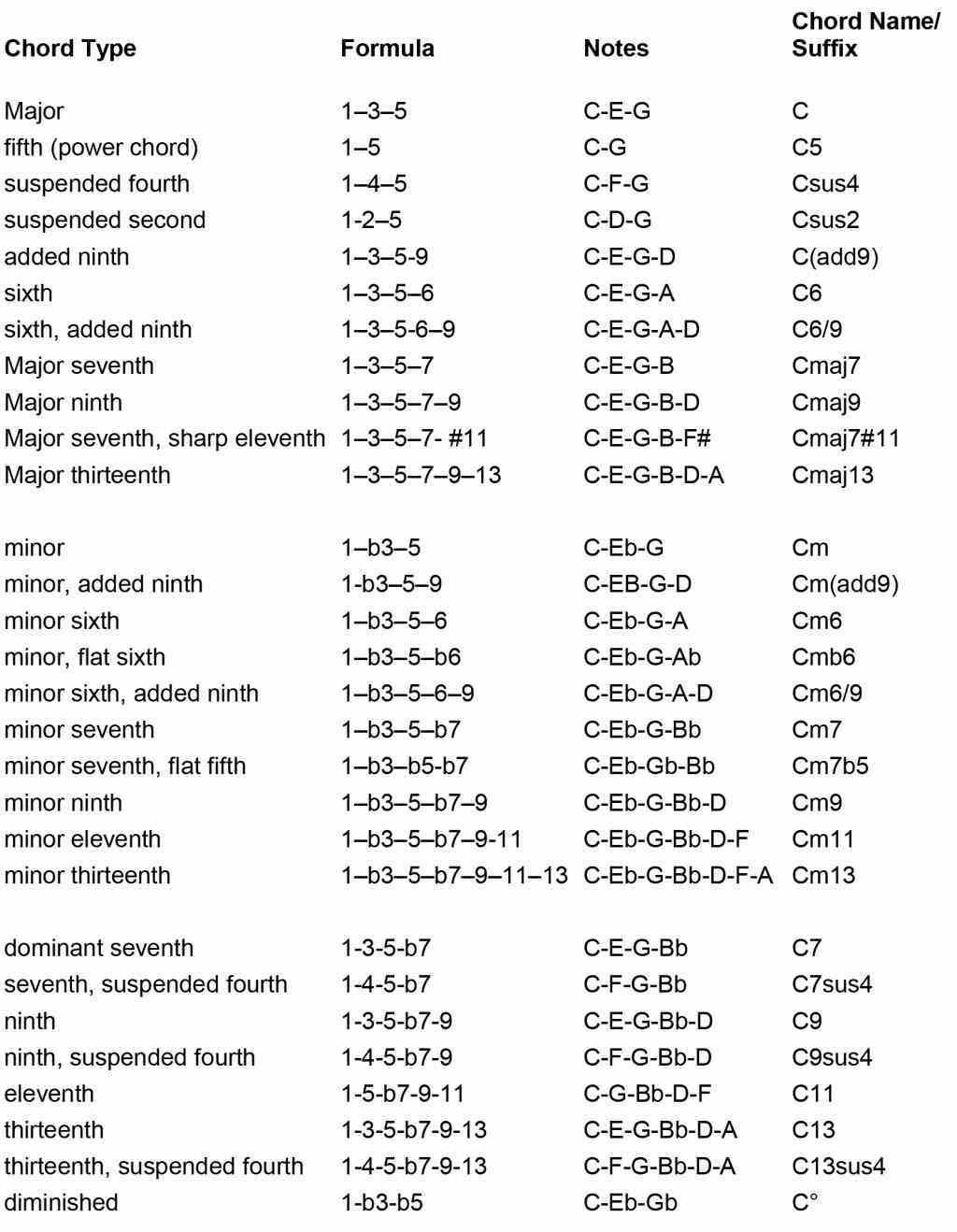A scale is a collection of notes, selected from the full set of notes in an octave. The choice of notes in the scale provides the structure on which a piece of music is built.
We have already been introduced to the Chromatic scale which is rarely used as the basis for a piece of music because it excludes no notes and provides no structure. The importance of the Chromatic scale is that it defines the full set of notes in music, from which all other scales are built.
A scale type is defined by the pattern of intervals between its notes. This gives each scale their unique sound.There are many different types of scales which we'll explore in detail later. We'll start by learning the most common scale in western music... The Major Scale!
There are seven notes in the major scale and seven intervals between them.The notes of the major scale make the famous do-re-mi-fa-so-la-ti-do sound when played in sequence. The root note(first note in a scale which is also known as the Tonic) determines the key of the scale. This is the pattern used to make the major scale.
Major Scale: R, W, W, H, W, W, W, H
R= root note
H= Half step/semitone= 1 fret
W= Whole step/tone= 2 frets
1 1/2= 3 frets (some scales use 1 1/2 intervals)
Using the Chromatic scale we can extract every scale as long as we use the scale pattern. For the sake of simplicity, we will start with the C Major scale(C Ionian)
C, C♯, D, D♯, E, F, F♯, G, G♯, A, A♯, B, C
Since C is our root, we will count intervals according to the pattern starting from C. Our root is followed by a whole step so we count two on the chromatic scale from C. This gives us our first two notes of the scale which are C and D.
Next in the pattern is another whole step so now we count two after our last note. Now starting from D we add a whole step which leads us to E. We now have three notes in the scale which are C, D, and E.
We've reach our first half step, so instead of counting two we will just move over once in the scale. Directly following E is F which is our 4th note in the scale.
After F there is another whole step so we'll count two on the chromatic scale from F. We have five notes in the scale which are C, D, E, F, and G.
You repeat this process until you return to the root note. By the end you should end up with the notes C, D, E, F, G, A, B, and C to make up the entire C major scale(C Ionian). I'd suggest trying this pattern with every root possible to get the major scale in every key(don't forget about accidentals!). Refer to the chromatic scale for an easier time.
Below is the tablature, Tabs, for the C Major
Key of C: C, D, E, F, G, A, B, C
E-0-1-3-5-7-8-10-12-
B-0-1-3-5-6-8-10-12-
G-0-2-4-5-7-9-10-12-
D-0-2-3-5-7-9-10-12-
A-0-2-3-5-7-8-10-12-
E-0-1-3-5-7-8-10-12-
E-----------------------------0-1-3-
B-----------------------0-1-3-------
G-------------------0-2-------------
D-------------0-2-3-----------------
A-------0-2-3-----------------------
E-0-1-3-----------------------------
E----------------------------3-5-
B-----------------------3-5-6----
G-----------------2-4-5----------
D-----------2-3-5----------------
A-----2-3-5----------------------
E-3-5-----------------------------
E-----------------------------5-7-8-
B-----------------------5-6-8-------
G-----------------4-5-7-------------
D-------------5-7-------------------
A-------5-7-8-----------------------
E-5-7-8-----------------------------
E----------------------------------7-8-10-
B-----------------------------8-10--------
G----------------------7-9-10-------------
D---------------7-9-10--------------------
A--------7-8-10---------------------------
E-7-8-10----------------------------------
E-----------------------------------------10-12-13-
B--------------------------------10-12-13----------
G------------------------9-10-12-------------------
D----------------9-10-12---------------------------
A----------10-12-----------------------------------
E-10-12-13-----------------------------------------


(0)classical_guitar_sizes.jpg)